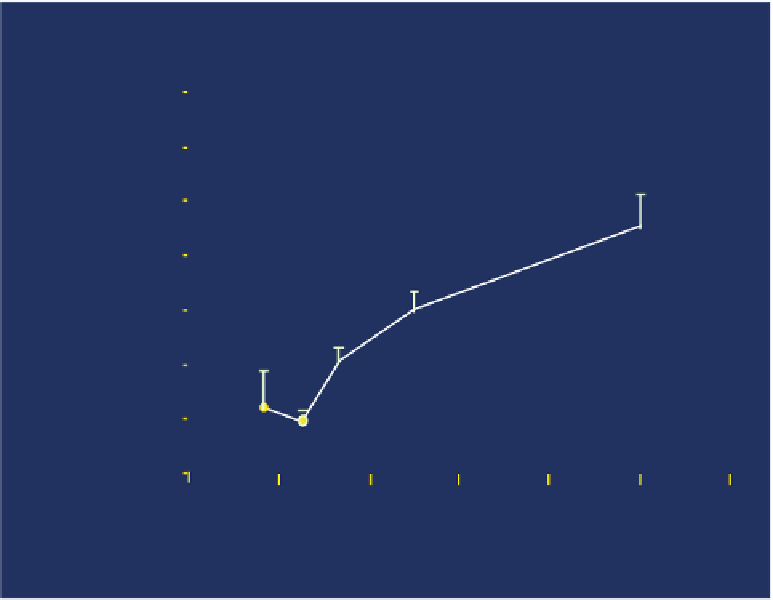Biomedical Engineering Reference
In-Depth Information
BOLD Responses to a Pair of Visual Stimuli
(similarity dependent suppression)
2.4
Refractory responses by system interaction
2.2
non-interactive
2.0
+
+
+
+
+
+
+
1.8
+
+
+
1.6
Identical inputs pair
+
+
+
+
+
+
+
+
+
1.4
+
1.2
msec
1.0
0
200
400
600
800
1000
1200
Frames V1
ISI (Inter Stimulus Interval)
Frames FG 2
Frames FG3
Checkerboard
Fig. 11.9. Similarity dependent suppression of BOLD response. (
See
Color Plate)
Through this kind of dynamic interaction measured by fMRI sup-
pression phenomena, we can probe the distinction of neuronal
processing as well as the information flow in the object-processing
pathway.
5. Summary
In applying fMRI to studies of brain science for functional acti-
vation, there are some known technical problems such as effects
of large vessels, differentiation of global variation of brain circula-
tion, local variations related to neuronal activation or deactivation
and local blood circulation or modified supply. It is also challeng-
ing to chase fast neuronal processing through slow fMRI response
and to know the interaction between functional units activated
by a task or two. We have made efforts to tap the potential of
fMRI. The paired stimulation paradigm provided potential in the
dynamics of the interaction induced by neural activations in fMRI
measurements. It is worth mentioning that, in such paradigms,
the shortcomings of BOLD fMRI as described above, are likely
minimized because the effect happens at the level of neuronal pro-
cesses and the big vessel response, if it is local, will also show the




















